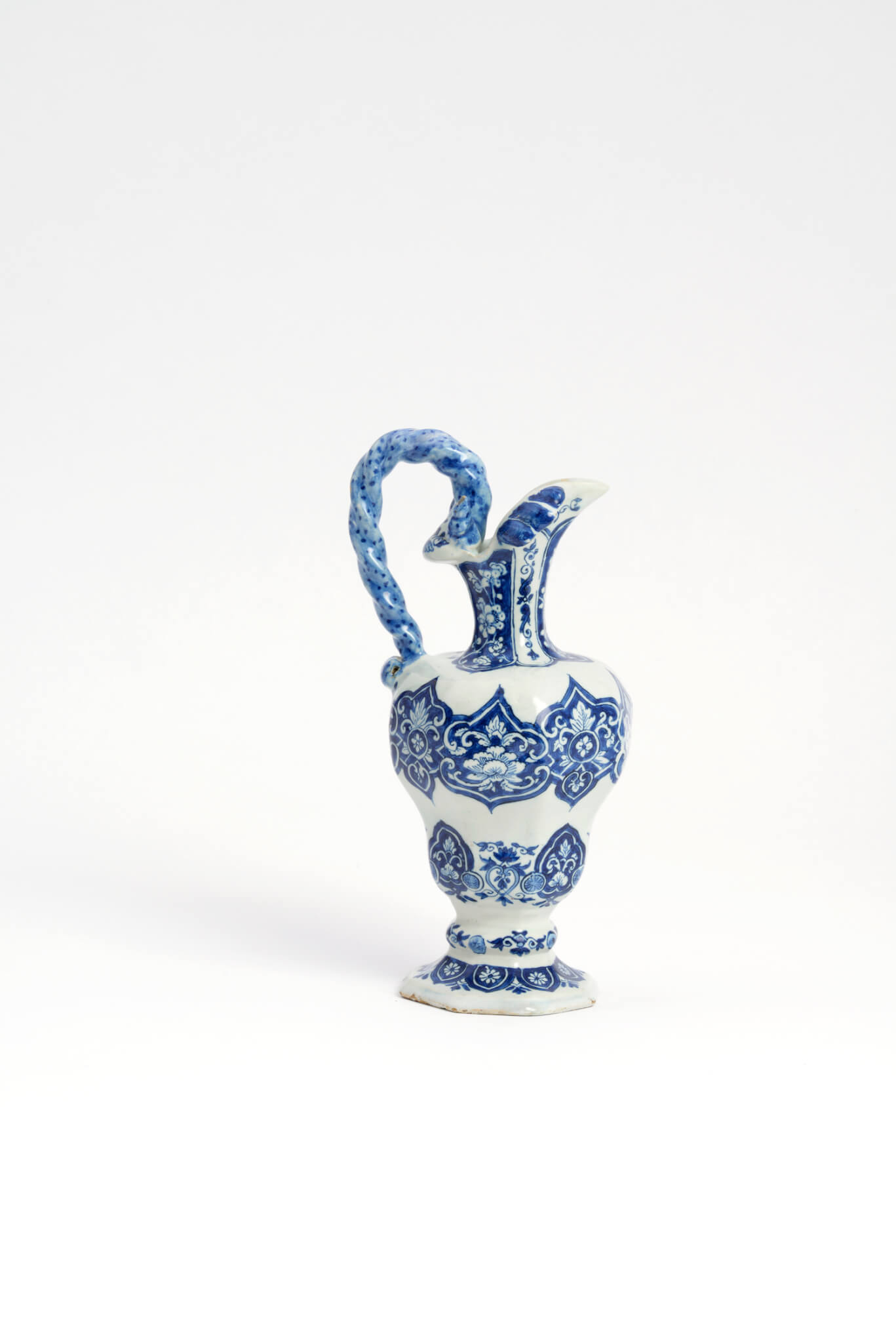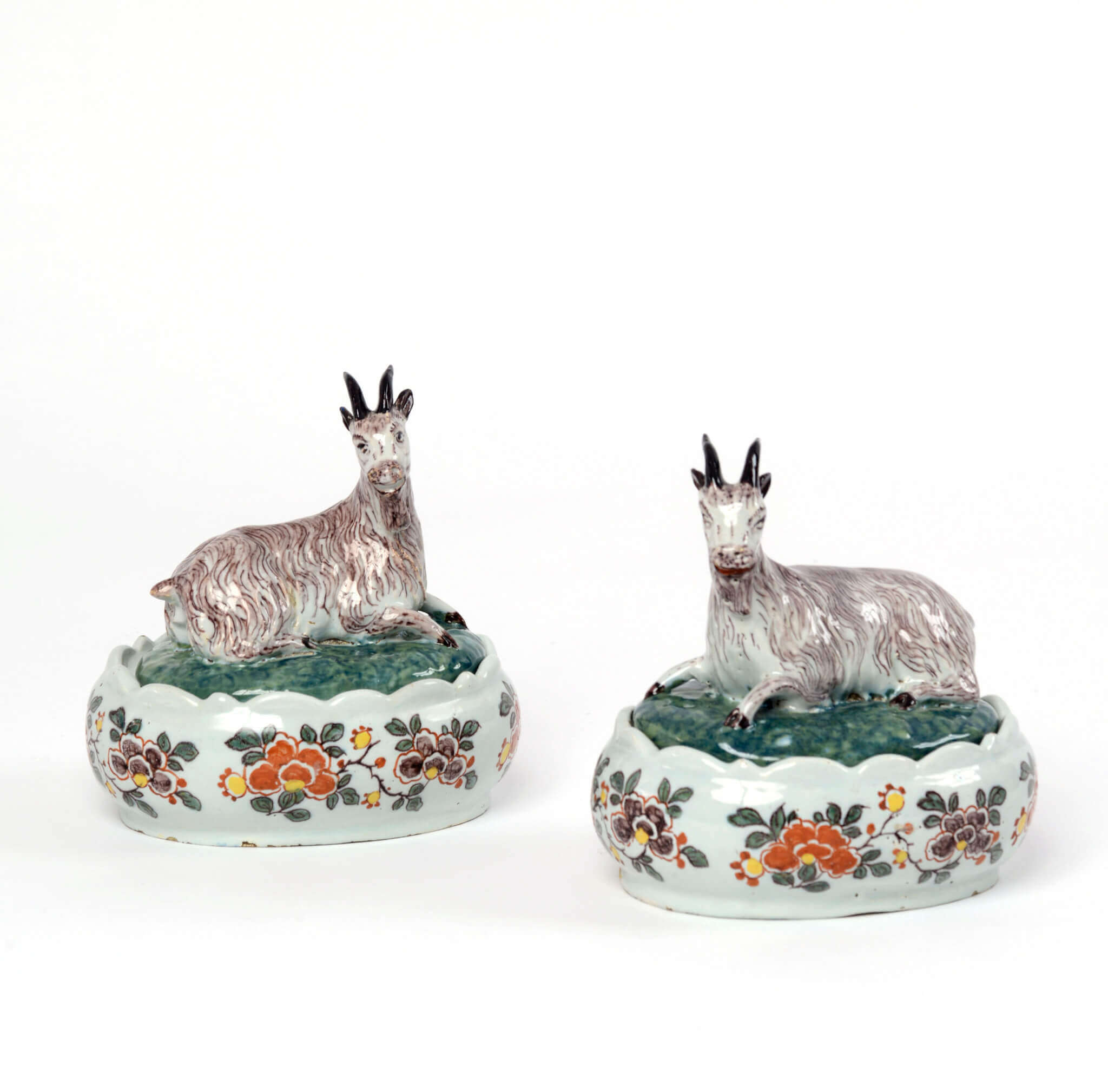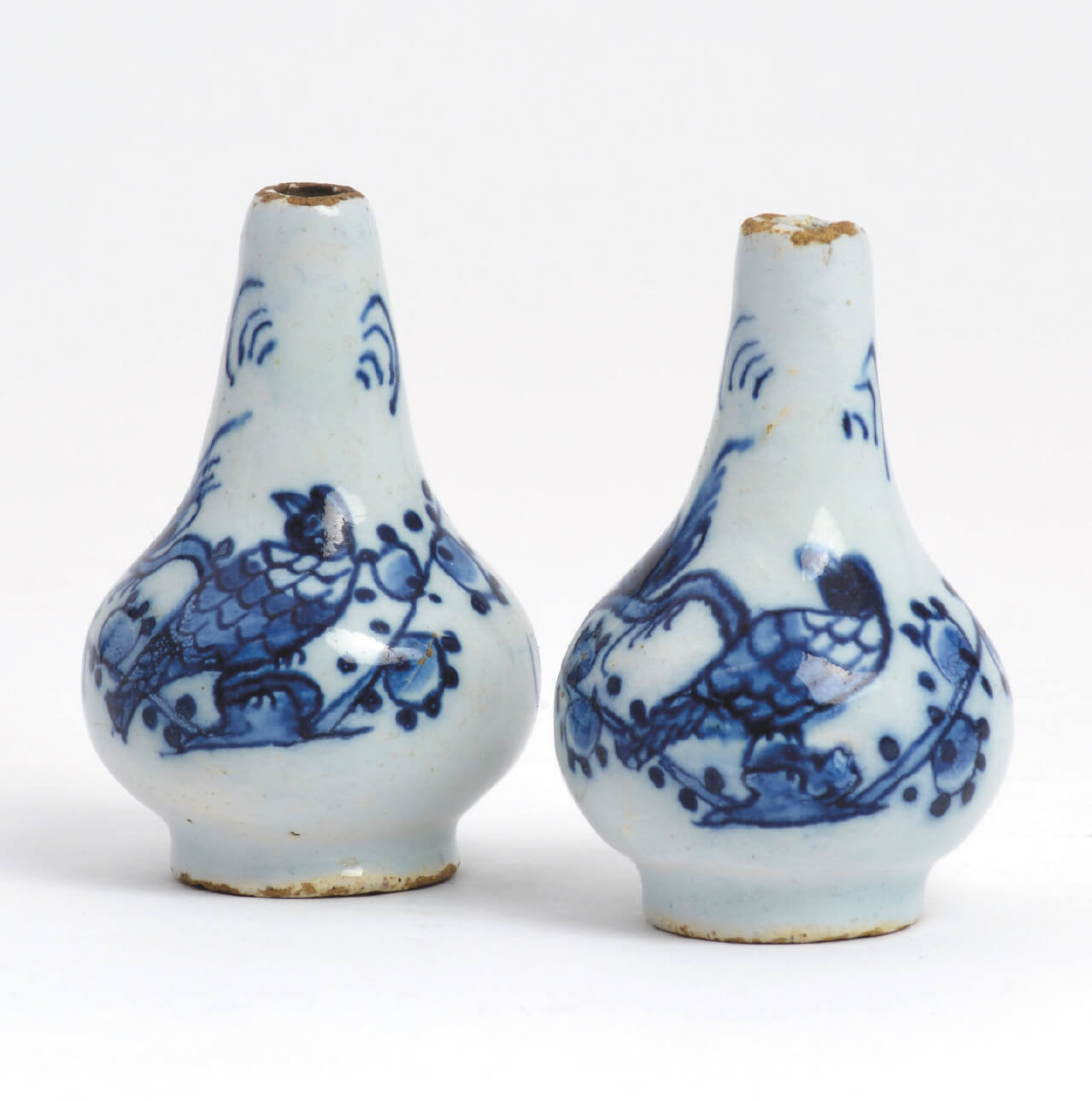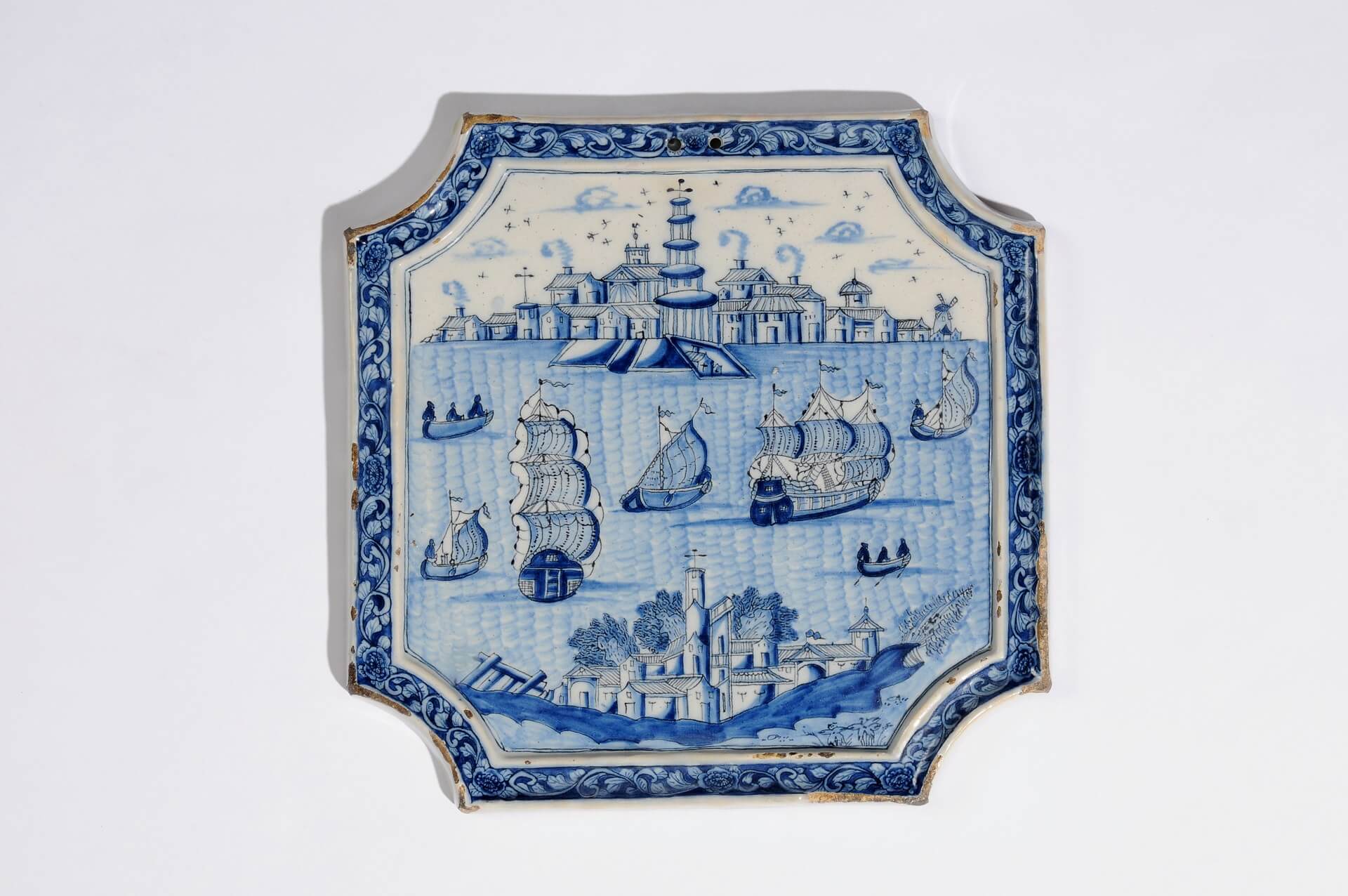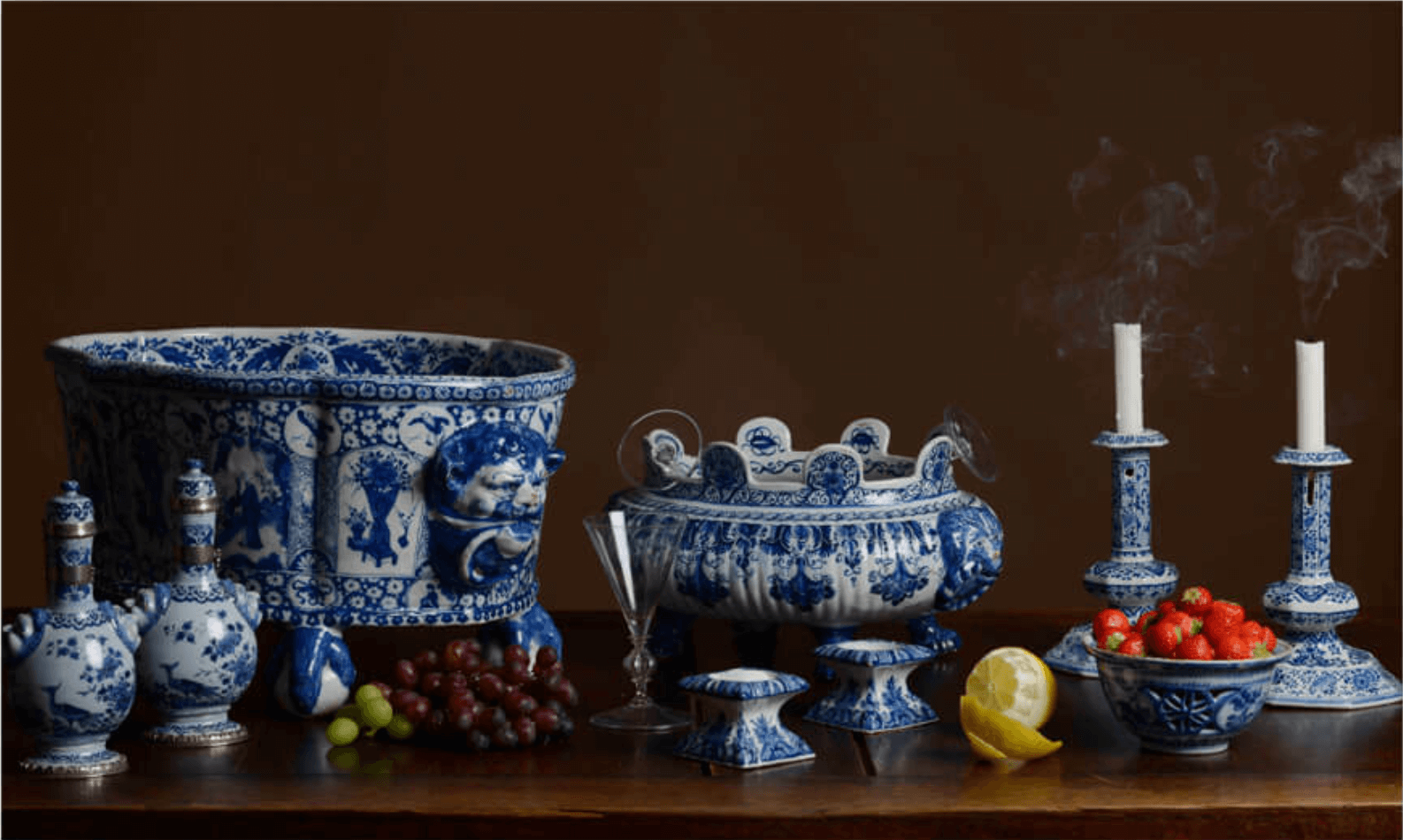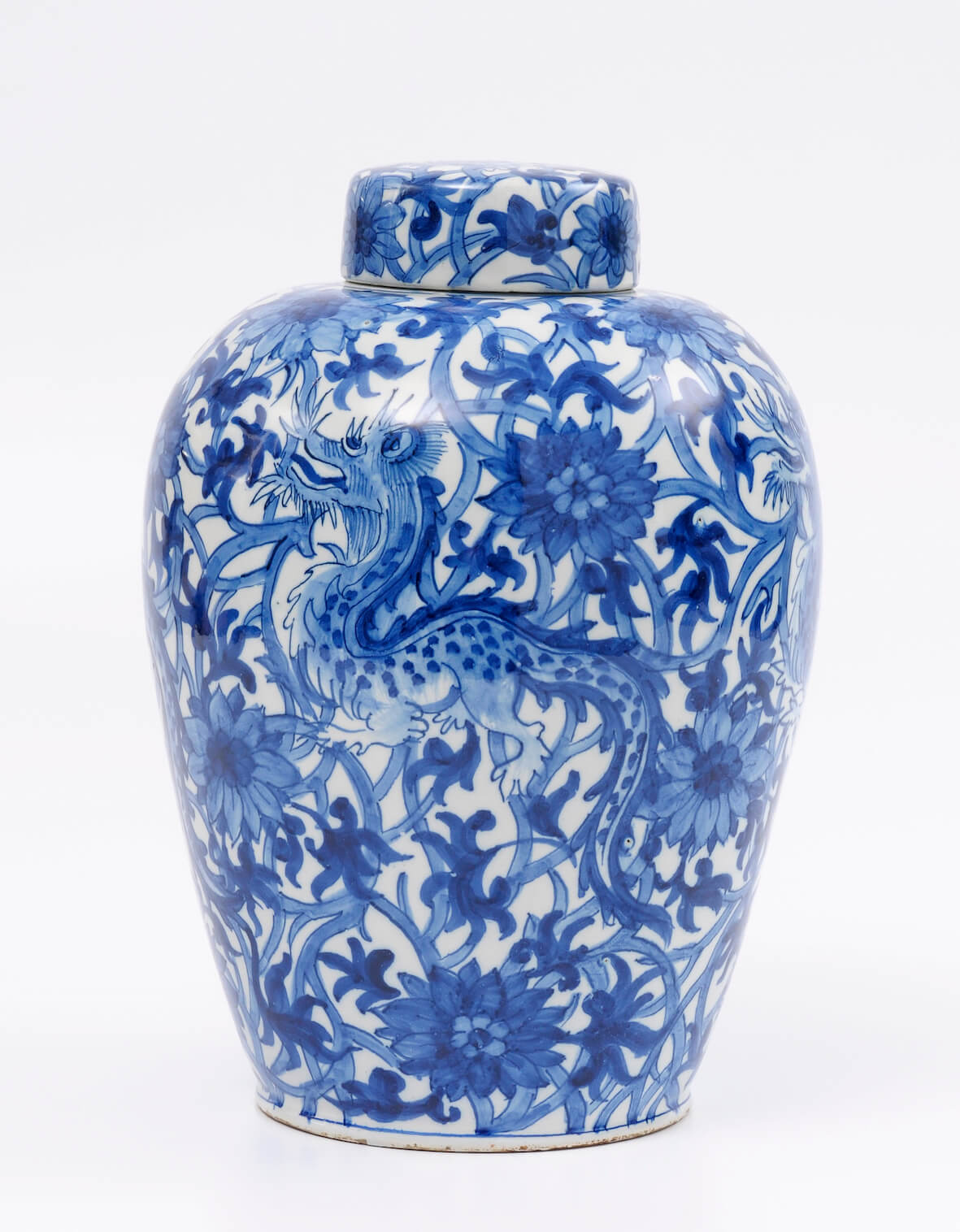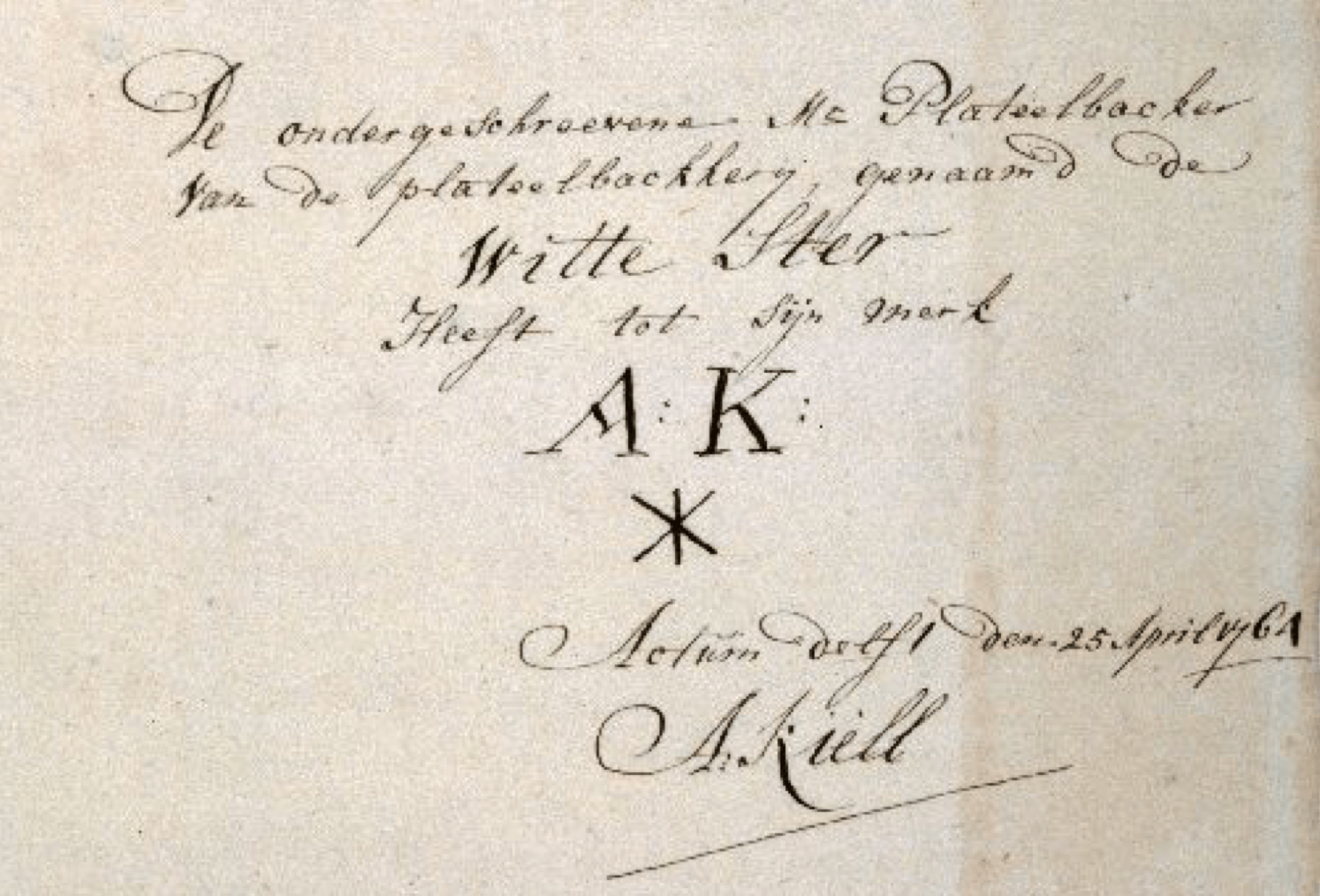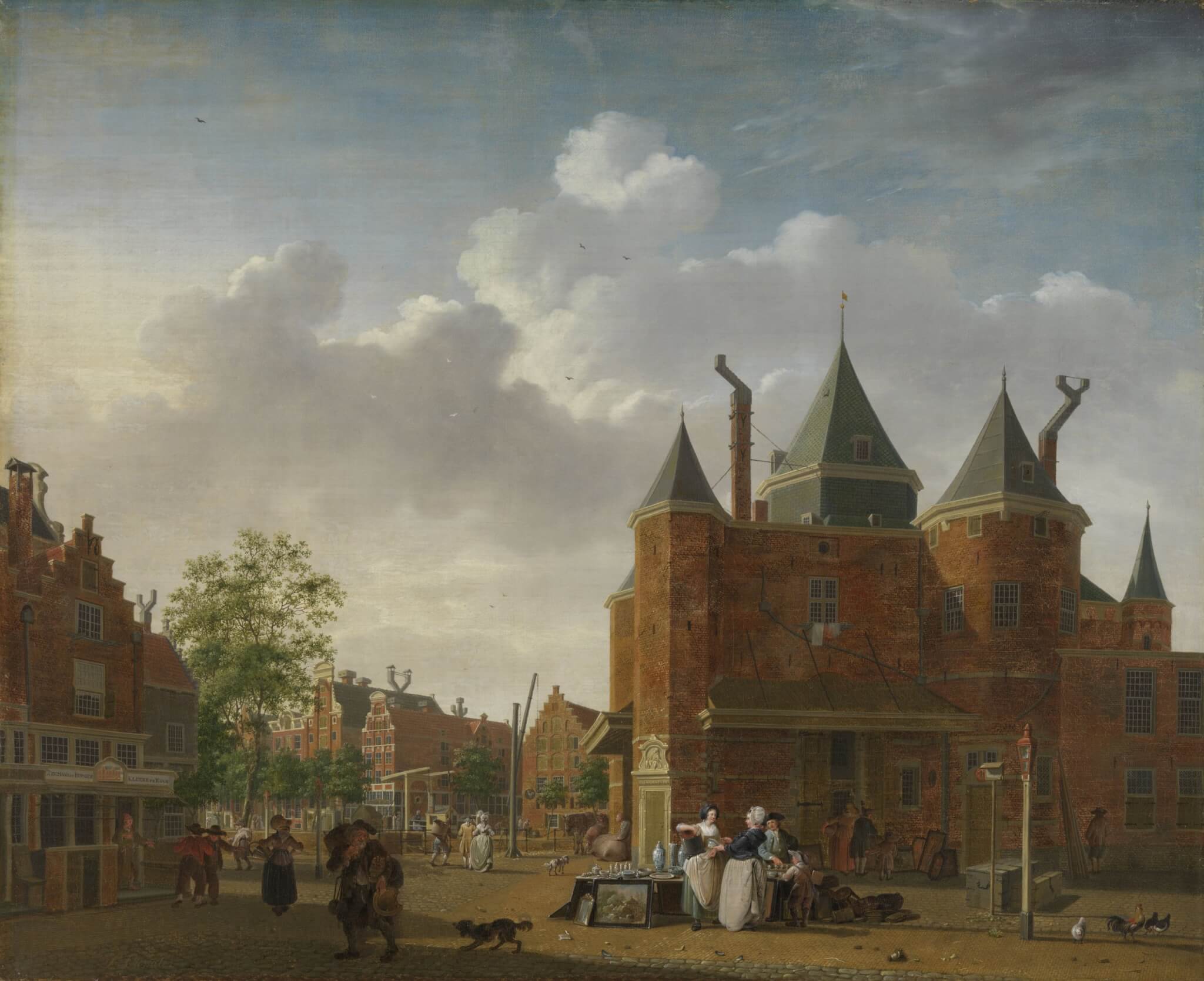Blue and White Ewer
Every month we present you a special object from the Aronson Antiquairs’ collection. This month, we would like to show you this blue and white ewer from circa 1690. This ewer forms an interesting link between Italian maiolica, Nevers faience and Dutch Delftware. Although the shape was already known in the Netherlands in silver or pewter…

